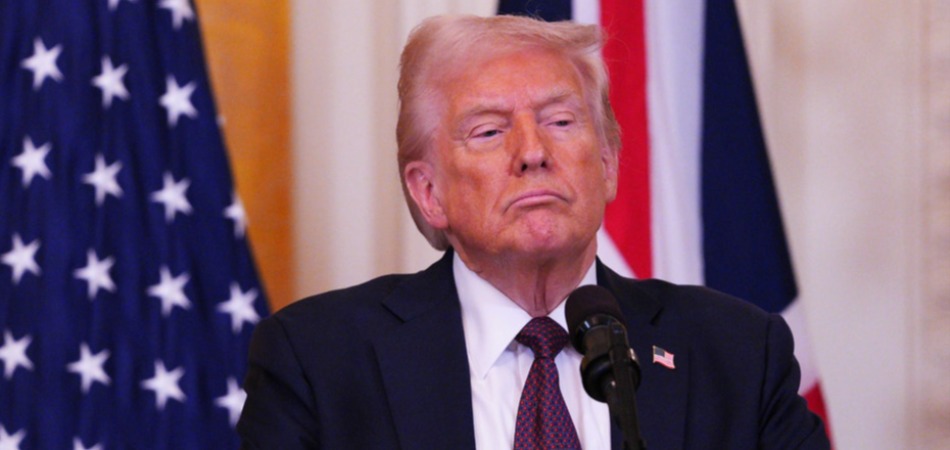UK goes to Snap Polls

MG News | June 08, 2017 at 12:57 PM GMT+05:00
The United Kingdom general election of 2017 is taking place on 8 June 2017. Each of the 650 parliamentary constituencies will elect one Member of Parliament (MP) to the House of Commons, the lower house of Parliament.
In line with the Fixed-term Parliaments Act 2011, an election had not been due until 7 May 2020, but a call for a snap election by Prime Minister Theresa May received the necessary two-thirds majority in a 522-to-13 vote in the House of Commons on 19 April 2017.
The Conservative Party, which has governed since 2015 (and as a senior coalition partner from 2010), is defending a majority of 12 against the Labour Party, the official opposition. The third largest party, the Scottish National Party, won 56 of the 59 Scottish constituencies in 2015. The Liberal Democrats and the Northern Irish Democratic Unionist Party are the fourth and fifth largest parties, with 9 and 8 seats respectively.
The Fixed-term Parliaments Act 2011 introduced fixed-term Parliaments to the United Kingdom, with elections scheduled every five years following the general election on 7 May 2015.
On 18 April 2017, the Prime Minister Theresa May announced she would seek an election on 8 June. May had previously ruled out calling an early election. A House of Commons motion to allow this was passed on 19 April, with 522 votes for and 13 against, a majority of 509, meeting the required two-thirds majority. The motion was supported by the Conservatives, Labour, the Liberal Democrats and the Greens while the SNP abstained. Nine Labour MPs, one SDLP MP and three independents (Sylvia Hermon and two former SNP MPs, Natalie McGarry and Michelle Thomson) voted against the motion.
The Conservative Party and the Labour Party have been the two biggest parties since 1922, and have supplied all Prime Ministers since 1935. Both parties have changed their leader since the 2015 election. David Cameron, who had been the leader of the Conservative Party since 2005 and Prime Minister since 2010, was replaced in July 2016 by Theresa May following the referendum on the United Kingdom's membership of the European Union. Jeremy Corbyn replaced Ed Miliband as Leader of the Labour Party and Leader of the Opposition in September 2015 and was re-elected leader in September 2016.
On 25 April, the election date was confirmed as 8 June, with dissolution on 3 May. The government announced it intends for the next parliament to assemble on 13 June with the state opening on 19 June
The campaign has been marked by two terror attacks at London Bridge and Manchester, but neither even seems to have had an impact on the polling.
The gap between the two major parties has narrowed in poll trackers since the campaign began however there is still a healthy deficit still left to overcome.
Theresa May's Conservatives end with an average of 43 per cent in the latest poll tracker, while Labour sits on 36.5 per cent.
In her final message on Thursday, the Prime Minister pleaded with voters to back her in the Brexit negotiations, adding: "If we get Brexit right, we can build a Britain that is more prosperous and more secure. A Britain in which prosperity and opportunity is shared by all. A Britain where it's not where you come from or who your parents are that matter, but the talent you have and how hard you are prepared to work. The greatest meritocracy in the world."
The results are expected until early Friday morning, but the results in the corresponding constituencies will hint at the winners by Noon Tuesday.
Related News
| Name | Price/Vol | %Chg/NChg |
|---|---|---|
| KSE100 | 136,502.54 259.91M |
1.64% 2202.77 |
| ALLSHR | 85,079.90 838.35M |
1.26% 1061.74 |
| KSE30 | 41,552.62 97.27M |
1.81% 738.33 |
| KMI30 | 193,330.76 84.69M |
0.39% 741.60 |
| KMIALLSHR | 56,315.31 366.02M |
0.43% 243.06 |
| BKTi | 38,498.08 37.91M |
4.13% 1526.33 |
| OGTi | 28,138.38 5.66M |
-0.36% -101.89 |
| Symbol | Bid/Ask | High/Low |
|---|
| Name | Last | High/Low | Chg/%Chg |
|---|---|---|---|
| BITCOIN FUTURES | 120,555.00 | 123,615.00 118,675.00 |
2025.00 1.71% |
| BRENT CRUDE | 69.14 | 71.53 69.08 |
-1.22 -1.73% |
| RICHARDS BAY COAL MONTHLY | 97.50 | 0.00 0.00 |
0.25 0.26% |
| ROTTERDAM COAL MONTHLY | 106.50 | 106.60 106.50 |
-2.20 -2.02% |
| USD RBD PALM OLEIN | 998.50 | 998.50 998.50 |
0.00 0.00% |
| CRUDE OIL - WTI | 66.89 | 69.65 66.84 |
-1.56 -2.28% |
| SUGAR #11 WORLD | 16.31 | 16.67 16.27 |
-0.26 -1.57% |
Chart of the Day
Latest News
Top 5 things to watch in this week
Pakistan Stock Movers
| Name | Last | Chg/%Chg |
|---|
| Name | Last | Chg/%Chg |
|---|



